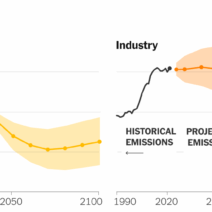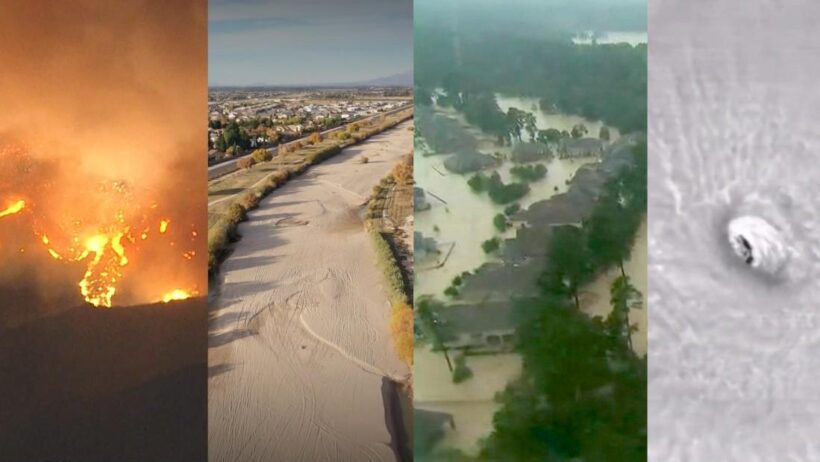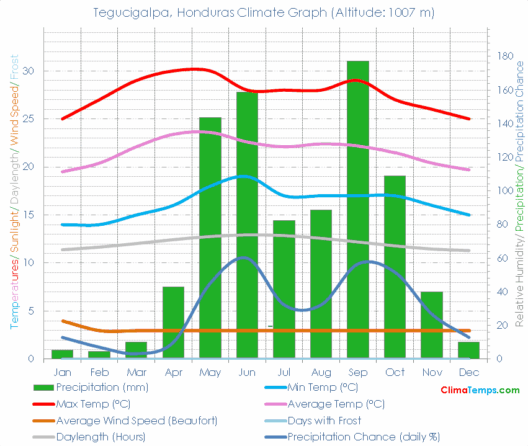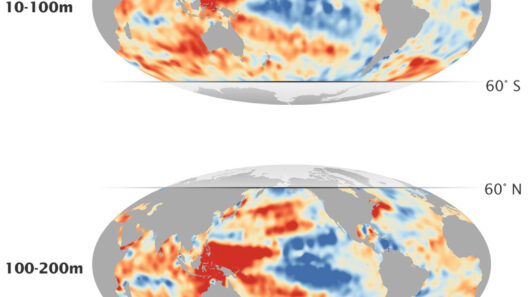Global warming and climate change are two interconnected phenomena that have incited widespread concern across the globe. As the Earth continues to heat, the effects of these changes become ever more apparent, casting a long shadow over the future of ecosystems, weather patterns, and human societies. The question arises: are these impacts reversible? This article delves into the intricacies of global warming and climate change, explores their long-term consequences, and assesses the potential for recovery.
To comprehend whether global warming and climate change effects can be reversed, we must first elucidate their definitions. Global warming refers specifically to the long-term increase in Earth’s average surface temperature due to the accumulation of greenhouse gases, primarily carbon dioxide and methane, in the atmosphere. On the other hand, climate change encompasses broader transformations in climate, including shifts in precipitation patterns, increased frequency of extreme weather events, and alterations in ecosystems and biodiversity.
The ramifications of global warming and climate change are stark. Melting glaciers and polar ice caps contribute to rising sea levels, threatening coastal communities. Increased temperatures lead to intensified droughts, floods, and hurricanes, wreaking havoc on agriculture and infrastructure. Moreover, the loss of biodiversity is accelerating as species struggle to adapt to their rapidly changing environments. These multifaceted impacts underscore the critical need for effective responses.
Addressing the reversibility of these phenomena demands an understanding of the natural processes at play. Earth’s systems have intrinsic mechanisms for resilience and recovery. For example, the carbon cycle reflects a natural balance between carbon dioxide emissions and absorption by the oceans, vegetation, and soil. However, anthropogenic activities, such as deforestation and fossil fuel combustion, have disrupted this equilibrium, thereby amplifying the greenhouse effect.
While some effects of climate change, such as rising temperatures, are likely to persist over the long term, other impacts may be mitigated or even reversed through concerted efforts. Transitioning to renewable energy sources, such as solar, wind, and hydroelectric power, can significantly reduce carbon emissions. Moreover, reforestation and afforestation initiatives can enhance carbon sequestration in forests, serving as natural carbon sinks that absorb CO2 from the atmosphere.
Technological innovations also present promising avenues for recovery. Carbon capture and storage (CCS) technologies offer a method to directly remove CO2 from the atmosphere and store it underground, potentially addressing high levels of atmospheric carbon. Furthermore, advancements in geoengineering, though contentious, propose methods to manipulate environmental conditions to counteract warming. These range from solar radiation management to ocean fertilization, aiming to increase carbon absorption through phytoplankton proliferation.
Nevertheless, the feasibility of reversing climate change effects does not rely solely on technology and policy. Public awareness and behavioral change are crucial. Sustainable practices, such as reducing waste, advocating for conservation, and supporting local agriculture, can collectively reduce the carbon footprint of individuals and communities. Grassroots movements and educational campaigns play an integral role in fostering environmental stewardship and motivating collective action.
The question of whether climate change effects can be reversed also depends on the timeline. Some consequences, like the extinction of species, are permanent; thus, the focus shifts to prevention and preservation. Conversely, the recovery of ecosystems following disturbances, such as coral bleaching, may be achievable through targeted conservation efforts. For instance, marine protected areas can safeguard vulnerable habitats, allowing for replenishment and increased resilience to climate stressors.
International cooperation is indispensable in the quest to mitigate global warming effects. Agreements such as the Paris Accord exemplify how nations can unite to limit global temperature rise and catalyze collective efforts toward sustainability. Adopting binding commitments to reduce emissions and promote green technologies can create a powerful framework for minimizing the impacts of climate change.
In evaluating the reversibility of global warming and climate change effects, it is essential to recognize the role of individual and collective responsibility. The cumulative impact of myriad small actions can lead to substantial change. Shifting societal norms toward prioritizing sustainability will create a culture of environmental consciousness, ultimately reinforcing the necessity for action.
Furthermore, the integration of climate science into educational curricula equips younger generations with the knowledge to drive future change. By fostering an understanding of environmental interdependence and climate justice, society can cultivate advocates who prioritize ecological balance and sustainability.
In conclusion, while certain effects of global warming and climate change may be irreversible, it remains feasible to mitigate many consequences through dedicated efforts in technology, policy, and community engagement. Reversibility hinges on time, context, and collective action. The overarching imperative is to act now through innovative solutions, sustainable practices, and global cooperation to ensure a livable planet for future generations. The journey toward a balanced and resilient Earth, although fraught with challenges, is one deserving of commitment and action.








